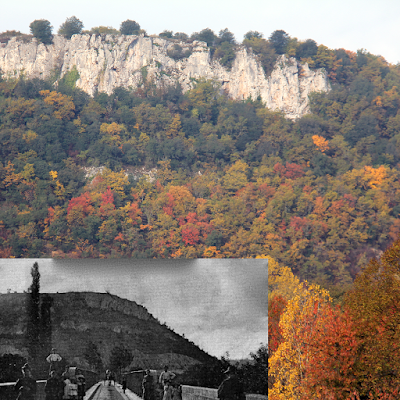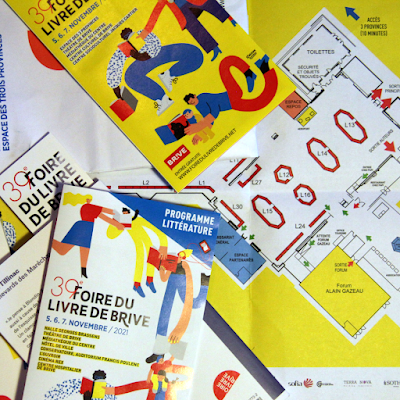 |
| Autumn colors the forest today and same area on 1910 postcard. |
 |
| Oak is great for firewood and fencing poles. |
 |
| The forest provides berries, nuts and mushrooms. |
 |
| The forge at Savignac-Ledrier. |
 |
| Half the land under forest, but hardly any ‘forestry’. |
 |
| Very different forest-types found at close distance. |




No comments:
Post a Comment